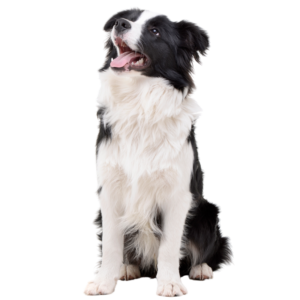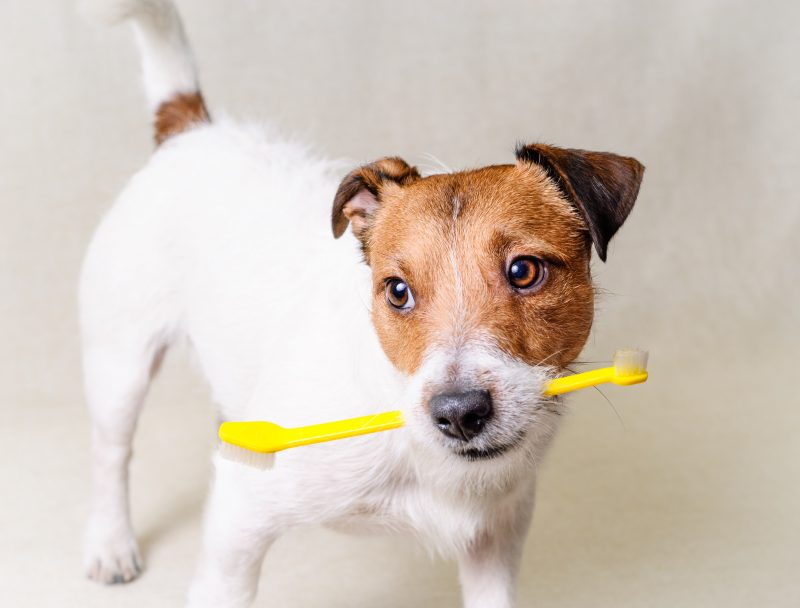Periodontal Disease is an infection of the structures surrounding the teeth. This includes the gums (gingivitis), the ligaments that support the teeth (periodontal ligament), and the bone that surrounds each tooth (alveolar bone). It is a progressive disease if left untreated.
Fact #1: Periodontal disease is the most common (and under treated) clinical condition in veterinary medicine.
Fact #2: Periodontal disease is PAINFUL! Think back to the last time you had a toothache.
Fact #3: Periodontal disease is PREVENTABLE!
Fact #4: Most dogs and cats have some degree of periodontal disease by the age of 3.
Fact #5: Most of the damage we cannot see as it is beneath the gums. Think of teeth like icebergs – what you can see, is only the “tip” of the problem.
Fact#6: Dental procedures completed by groomers with your pet awake are NOT sufficient. They cannot clean beneath the gum line which is where the majority of the disease is.
Fact #7: Periodontal disease does not just affect the mouth. It can lead to infections of the jaw bones or nasal sinuses and can have long-term effects on the heart, liver, and kidneys.
Stages of Periodontal disease:

What can you do at home?
- Look in your pets’ mouth on a regular basis! Do you see any brown tartar on the teeth; is there redness to the gums around the teeth? – If so, talk to your veterinarian.
- Teach your pets to allow regular teeth brushing. This is the BEST way to prevent periodontal disease.
- Dental chews or water additives are other options to decrease plaque build-up that leads to periodontal disease. Ask your veterinarian about which products are best for your pets. Look for the VOHC (Veterinary Oral Health Council) seal on dental products. This stamp indicates that the product has been proven to be effective.
How can WE help?
- Regular oral examinations. This allows us to catch periodontal disease early
- Veterinary dental cleanings as needed. We place your pet under anesthesia and scale and polish your pet’s teeth (like your own dentist does!) to remove the plague both above and below the gum-line.
- Extraction of diseased teeth. Teeth that are markedly diseased, we remove them for a couple of reasons:
- To provide more comfort to your pet (Toothaches HURT!)
- To prevent further damage to the surrounding tissues that can lead to disease other teeth.
- We can prescribe medications if they are necessary. For example, diseased teeth can become infected and require antibiotics.
Good news!! February and March are Dental Awareness months and at Mountain Road Animal Hospital we will be focusing on improving dental care to our patients! Check out our Facebook Page or website for more information on how we are accomplishing this!
Written by Dr Nicole Hobbs Ford.



